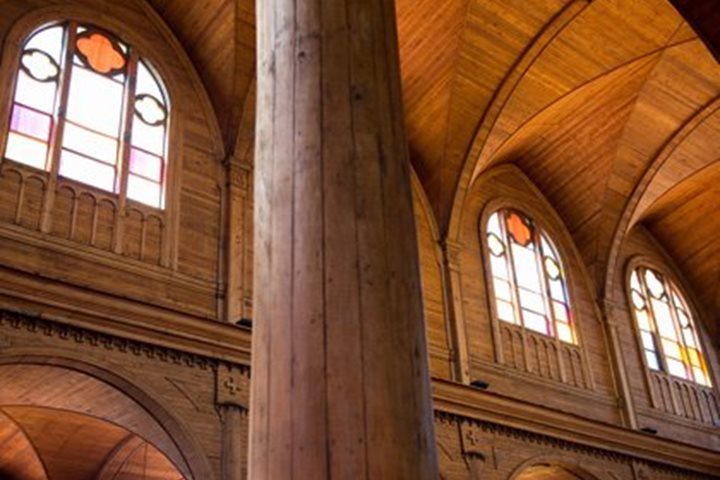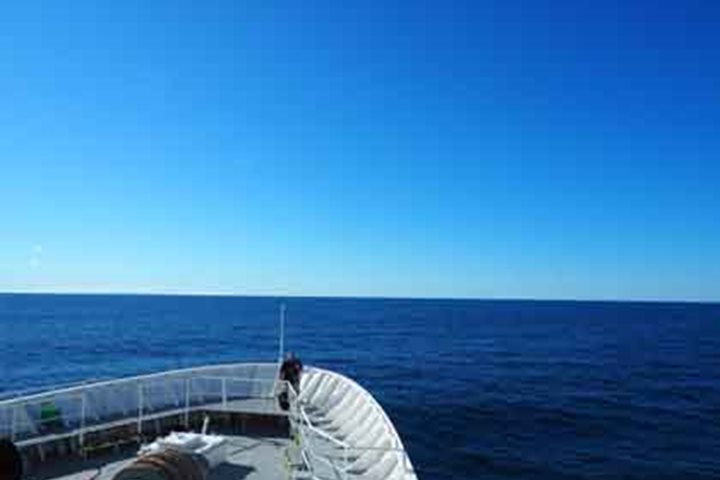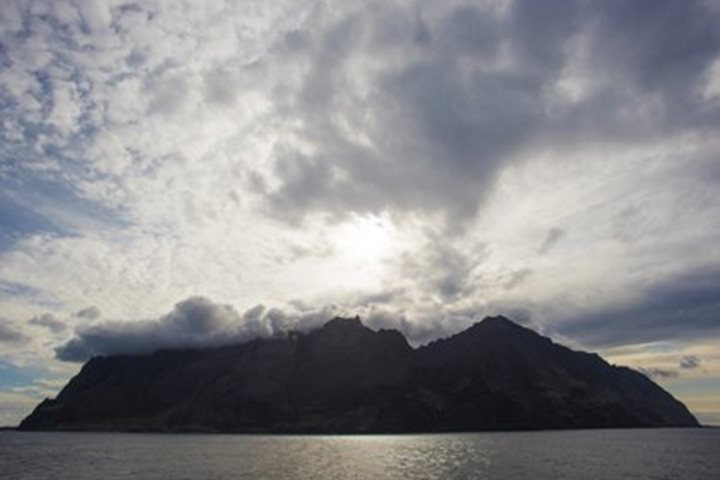National Geographic Explorer arrived to the near mythical Robinson Crusoe Island shortly before sunrise; the lights of the settlement of San Juan Bautista were still on and gave us the chance to guess the size of the small fishing community. Robinson Crusoe is the second largest of the several island of the Chilean archipelago of Juan Fernández, located 416 miles off the coast of Chile and home to approximately 900 people. Its original name was “Juan Fernández” to honour the Spanish captain who discovered it in 1574, although it was also known as “Isla Más a Tierra” until 1966, when the Chilean government decided to change it to its present name since it was here that Alexander Selkirk lived in solitude.
Selkirk was marooned as a castaway on the island in 1704 and spent four years and four months before he was rescued. Once he returned home in his native England, Selkirk was interviewed by author Daniel Defoe, who then wrote his world-famous novel based on Selkirk’s adventures. Who hasn’t read the story Robinson Crusoe and thought about his predicament? Well, today we had the unique chance to actually see with our own eyes the very same place where the real story took place. We all went ashore and hiked the steep trails across lush forests and green meadows to admire breathtaking vistas and searched for wildlife. Many had the chance to watch one of the island’s most precious treasures, the endemic Juan Fernández hummingbird! Others enjoyed themselves walking around town and talking to the friendly villagers, admiring their beautiful homes or tasting the different types of island-made beer.
The waters around the island are extremely beautiful and Rory Mulloy and I went scuba diving several times today in order to take underwater video to share with everyone on board. The crystal-clear blue waters were a dream come true and myriads of fish greeted us, including several species of jacks and pompanos, wrasses, grunts, chubs, and groupers. Brightly coloured anemones, sponges, long-spined sea urchins, and numerous sea stars covered the rocks; we encountered many octopus and even more spiny lobsters. Lobster fishing constitutes the islander’s main source of income and the makes Robinson Crusoe island famous.
During the afternoon National Geographic Explorer sailed to the northern side of the island and we explored the rugged shoreline by Zodiac. Our main objective was to watch the endemic Juan Fernández fur seal. Once thought to be extinct due to extensive hunting to obtain its highly valuable fur, the species has recovered and we enjoyed watching their antics. Rory and I went back into the water to film them and spent an entire dive surrounded by several inquisitive youngsters and a few more circumspect bulls. How graceful they are and how marvellous this place is! I don’t know how much did Alexander Selkirk liked his time here, but we all had a wonderful time today at his island!







